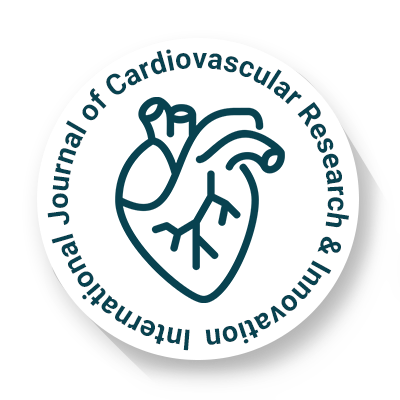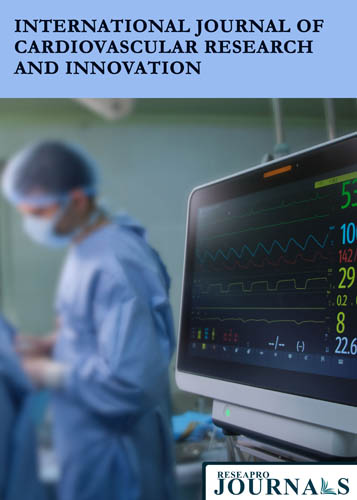
International Journal of Cardiovascular Research & Innovation
OPEN ACCESS

OPEN ACCESS

Department of Microbiology, East West First Grade College, Bharath Nagar, Karnataka, India
Background: Perivascular adipose tissue (PVAT) is emerging as a significant player in hypertension and vascular dysfunction. This review explores PVAT’s role in maintaining vascular homeostasis, its dysfunction in hypertensive conditions, and the molecular mechanisms involved.
Objective: To evaluate the contributions of PVAT to vascular health in normal and hypertensive states, and to assess current and potential therapeutic interventions targeting PVAT for hypertension management.
Methods: A comprehensive review of recent research, including animal studies, clinical trials, and advanced imaging techniques, was conducted. Key areas of focus included PVAT's physiological functions, its role in hypertension-induced vascular dysfunction, molecular pathways involved, and therapeutic strategies.
Results: PVAT regulates vascular tone through vasodilatory molecules like adiponectin, nitric oxide (NO), and hydrogen sulphide (Hâ‚‚S). In hypertension, PVAT exhibits increased oxidative stress, inflammation, and adipokine imbalance, contributing to vascular dysfunction. Current therapeutic approaches include pharmacological treatments (ARBs, ACEIs), lifestyle modifications, and emerging molecular therapies. Advanced imaging and technological advancements offer new insights and therapeutic targets.
Conclusions: Targeting PVAT presents a promising strategy for hypertension management. Future research should focus on translating animal model findings to human applications, exploring advanced imaging techniques, and identifying novel biomarkers and therapies.
Department of Microbiology, East West First Grade College, Bharath Nagar, Karnataka, India